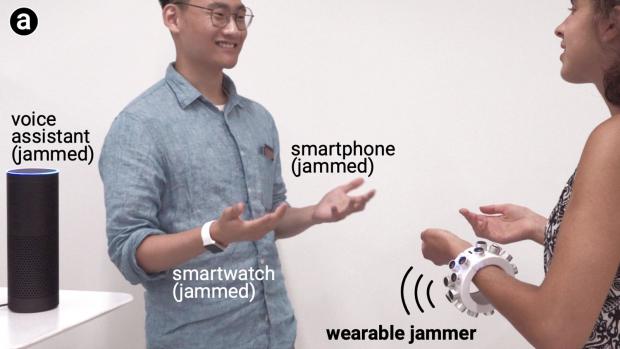
Breaking News
SEMI-NEWS/SEMI-SATIRE: December 7, 2025 Edition
 Harbor Freight Coverpro 12x20 made into a Metal Building part 2
Harbor Freight Coverpro 12x20 made into a Metal Building part 2
 Brian Cole BUSTED, Halle Berry NUKES Newsom + Candace REJECTS TPUSA Challenge...
Brian Cole BUSTED, Halle Berry NUKES Newsom + Candace REJECTS TPUSA Challenge...
 I spent my Thanksgiving in the emergency rom... Medical emergencies can pop up at any time.
I spent my Thanksgiving in the emergency rom... Medical emergencies can pop up at any time.
Top Tech News
 Build a Greenhouse HEATER that Lasts 10-15 DAYS!
Build a Greenhouse HEATER that Lasts 10-15 DAYS!
 Look at the genius idea he came up with using this tank that nobody wanted
Look at the genius idea he came up with using this tank that nobody wanted
 Latest Comet 3I Atlas Anomolies Like the Impossible 600,000 Mile Long Sunward Tail
Latest Comet 3I Atlas Anomolies Like the Impossible 600,000 Mile Long Sunward Tail
 Tesla Just Opened Its Biggest Supercharger Station Ever--And It's Powered By Solar And Batteries
Tesla Just Opened Its Biggest Supercharger Station Ever--And It's Powered By Solar And Batteries
 Your body already knows how to regrow limbs. We just haven't figured out how to turn it on yet.
Your body already knows how to regrow limbs. We just haven't figured out how to turn it on yet.
 We've wiretapped the gut-brain hotline to decode signals driving disease
We've wiretapped the gut-brain hotline to decode signals driving disease
 3D-printable concrete alternative hardens in three days, not four weeks
3D-printable concrete alternative hardens in three days, not four weeks
 Could satellite-beaming planes and airships make SpaceX's Starlink obsolete?
Could satellite-beaming planes and airships make SpaceX's Starlink obsolete?
Ultrasonic bracelet jams the microphones around you

Smart speakers and other microphone-equipped devices aren't supposed to listen all the time, but there might be a solution if you aren't willing to take any chances. University of Chicago researchers have built an experimental bracelet that uses ultrasonic broadcasts from 24 speakers to jam most microphones, no matter what direction they're in. The gadget takes advantage of non-linearities in its built-in amplifier to 'leak' ultrasonic noise into the audible range and render recordings useless.
The bracelet design isn't for the sake of fashion. It not only ensures omnidirectional jamming, it eliminates blind spots (where transducers cancel each other out) through your wrist movement. As a result, it's more effective than dedicated stationary jammers and can even scramble hidden mics.
You're not about to use the prototype bracelet. It's more than a little clunky, and the internals amount to a handful of boards and a battery. The scientists told the New York Times that investors have asked about commercializing the technology, though, and it's estimated that you could build this anti-mic bracelet for roughly $20.

 First totally synthetic human brain model has been realized
First totally synthetic human brain model has been realized Mach-23 potato gun to shoot satellites into space
Mach-23 potato gun to shoot satellites into space

